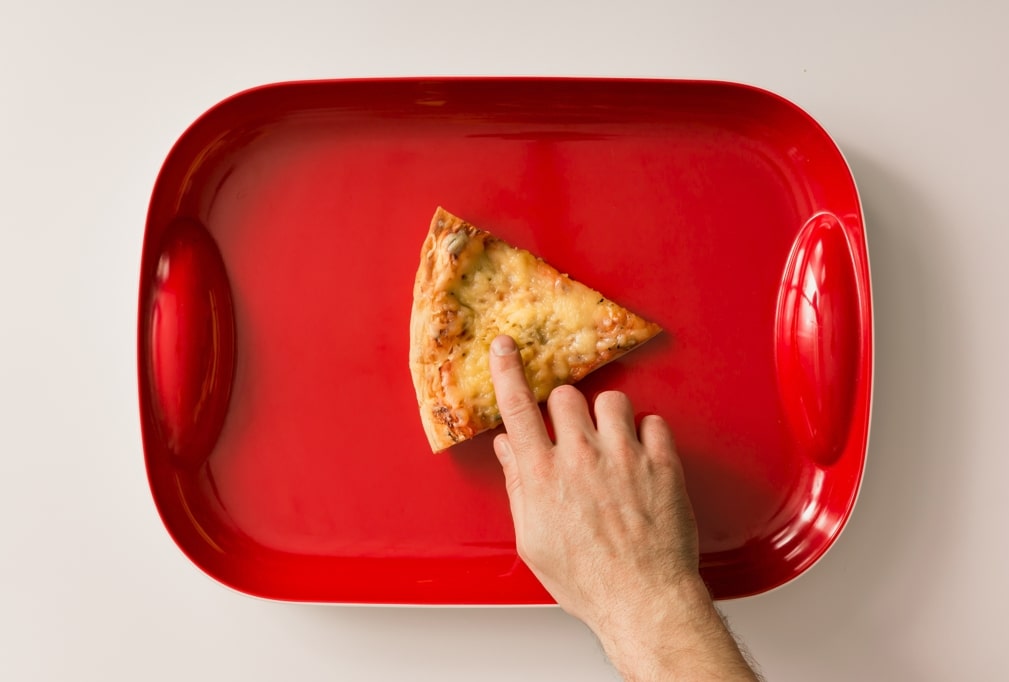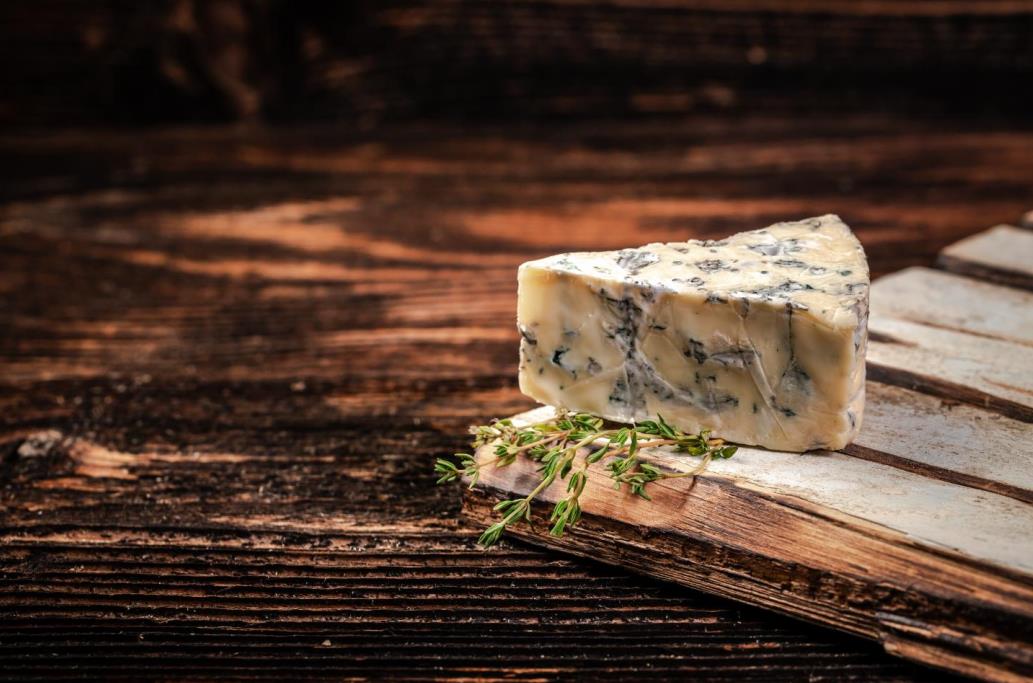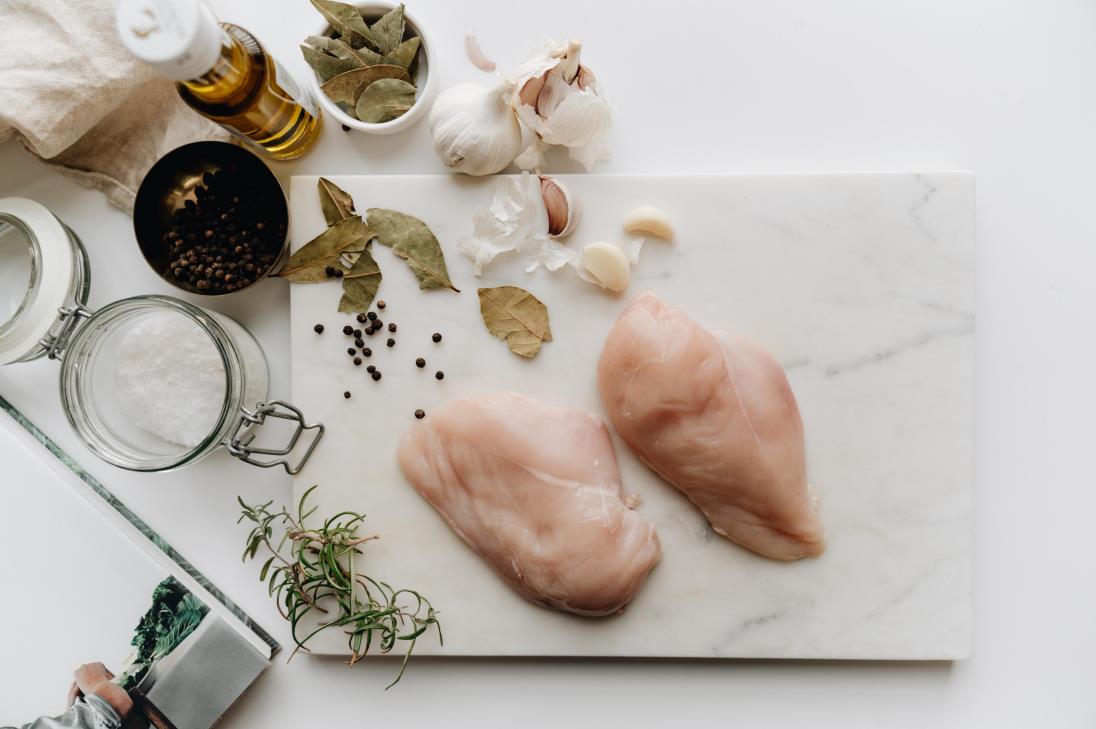Butcher blocks give your kitchen an exciting and trendy look, but they are more than just a pretty face. Butcher blocks are perfect for the kitchen because they are sturdy, durable, and versatile. However, it’s crucial to protect the wood and your health by properly maintaining and treating the butcher block.
The perfect butcher block treatment involves protecting your counters from knives, water, and food stains. Wash it under running water after every use and air dry well before storing. Treat the wood with food-grade mineral oil or opt for a conditioner or wood cream to provide another level of protection.
As you read on, you will understand all the ins and outs of butcher block treatment, including a step-by-step guide for proper care.
Table of contents
What is a butcher block?

A butcher block is a high-quality, heavy-duty work surface, traditionally made of hard maple wood. Butcher blocks are best known for their sturdiness and durability, making them the perfect choice of cutting surface in commercial kitchens. They are common in butcher shops but also in many restaurants and homes.
The end grain characteristics
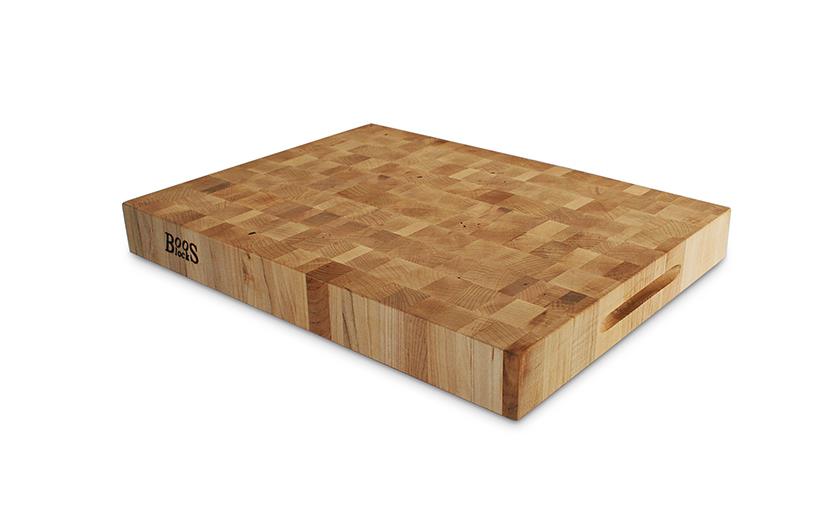
Butcher blocks are often made with end grain wood. The end grain butcher blocks feature laminated hardwood pieces bound together with the wood’s end standing vertically. The vertical orientation makes it ideal for different kinds of kitchen knives because the blade slides between the wood fibers instead of across them.
However, they take more oiling and conditioning because the surface is more porous, making the oil or conditioner evaporate faster.
End grain butcher blocks are self-healing over time, and the density of the fibers pushes back into place after every continued use. Noteworthy, some manufacturers will design end grain butcher blocks with softwood as the benefits of having end grain wood far outweigh those of hardwood edge grain.
Difference between Butcher block and cutting block
Most people confuse butcher block with cutting block and even use one name to define the other. However, the two are entirely different kitchen implements that serve slightly overlapping purposes.
The main difference lies in the physical characteristics, namely the grain orientation. Butcher blocks are mainly end grain made with hardwood. Most cutting blocks are edge grain made with either softwood or hardwood. Another difference is that cutting blocks are mainly portable, while most butcher blocks have their permanent spot in a kitchen.
While such differences stand out, the two share similar purposes, including a surface for chopping or cutting raw meat or fruit. However, butcher blocks are more suited for heavy-duty kitchen tasks such as chopping meat, while cutting blocks are ideal for slicing or peeling fruits and vegetables.
The main similarity is that both cutting boards are used for chopping food, so they should always be cleaned thoroughly, air dried before storage, and oiled to deter chemicals and bacteria.
Butcher block sanitary

Sanitation, of course, cannot be overemphasized in any work area. A butcher block that is not properly cared for can spread bacteria throughout the kitchen. Even with a self-healing design, a clean surface goes a long way in keeping the family safe from foodborne illnesses and infections.
Keeping Sanitary
Keeping the butcher block clean is the key to avoiding unwanted germs and bacteria. To prevent cross-contamination of food, use separate boards for raw meat and vegetables or fruits. Also, only use the butcher block for food preparation purposes to avoid stains and flavors absorbing into the wood pores.
The best way to keep your butcher blocks clean is to clean with soap and water after every use. Ensure you wash both sides of the butcher block to avoid the spread of bacteria, and dry thoroughly to minimize the swelling of the wood. Avoid using a dishwasher to prevent warping, cracking, and splitting.
Once the butcher block is clean, air dry it before storage. The ideal way to do this is to place it inverted on dry towels. A paper towel or cloth underneath the block helps encourage airflow and speeds up drying.
How to apply oil
Food-grade mineral oil is the best solution for treating butcher block. It helps keep the wood sturdy and prevents contamination from different kinds of bacteria. Mineral oil is also colorless, tasteless, and odorless, so it will not alter food taste.
What is mineral oil?

Mineral oil is the by-product of the distillation of petroleum to make gasoline, among other petroleum products. However, both are mineral oils with different molecular compounds. Other names for mineral oil include liquid paraffin or “liquid petroleum.”
Noteworthy, baby oil is mineral oil with perfume additives. The addition of perfume makes it unsuitable to use on butcher blocks, as the combination of oil and fragrance will leave an unpleasant smell on food items.
Food-grade mineral oils are available in supermarkets. The Food and Drug Administration (FDA) considers them safe and suitable for ingesting, so their use in kitchens is with little controversy. While most people assume that mineral oil is only ideal for industrial purposes, people use it as a laxative and infant formulation.
Using it on butcher blocks is, without doubt, safe, as long as there are no allergies to mineral oil. The mineral oil is tasteless, odorless, and colorless, so it will not alter the food flavor. It also evaporates or absorbs into the wood faster, leaving no stickiness or greasy residue.
Step by step guide on how to apply oil on butcher block
What you’ll need:
- Food grade mineral oil
- Sandpaper
- Damp cloth
- Dough scraper
Below is a step by step guide on how to apply the mineral oil to your butcher block:
- Remove everything from the countertop or surface you are treating.
- Dampen a soft, lint-free cloth with water and wring it out. Wipe the entire surface to eliminate dust and any other debris.
- Use a dough scraper to scrape away any excess food particles that remain. Dampen the cloth again and wipe down the surface to remove any dough or wood particles.
- Use a blade to scrape off light stains and marks from the countertop. Ensure the blade doesn’t dig deep into the wood.
- For tougher stains, start with a 180 grit sandpaper and proceed to 200 grit per degree of damage. Keep in mind, 180 and 220 are both coarse-grade sandpaper.
- Use the damp cloth to give the butcher block a final wipe-down. Let the butcher block air dry for 20 minutes.
- Spread a thin layer of oil using a lint-free cloth. Do not put too much oil on the block to avoid a sticky residue.
- Let the oil fully absorb into the wood. It could take between an hour to a whole day.
- Wipe the surface with a clean cloth and repeat if necessary. An oil-treated butcher block will look glossy and feel smoother.
Other types of oil to use on a butcher block
There is no doubt that food-grade mineral oil is the most effective option. However, there are other types of oils to consider when treating your butcher block.
- Pure Tung Oil: Tung oil is a non-toxic natural extract from the nut of the tung tree. Its high accumulation of fatty acids makes it an effective treatment for butcher blocks. Although expensive, it’s a greener option than food-grade mineral oil, which comes from the distillation of petroleum.
- Almond oil: Almond oil is a non-toxic alternative to mineral oil. It is also used in massage oils and cosmetics. Using almond oil on the butcher block gives it a nutty smell and scratch-resistant shine.
- Linseed oil: This oil is a popular wood finish. People use it as a wood preservative to keep the wood from cracking or splitting. Boiled linseed oil will work well on butcher blocks; however, it may turn rancid due to its high concentration of fatty acids.
- Coconut oil: Coconut oil is another non-toxic option to consider. It has the same applications as almond oil, but it adds a fresh coconut scent. Coconut oil is solid at room temperature, so it is challenging to spread onto a butcher block. However, you can use a hairdryer to melt it and make the application process more manageable.
The oils mentioned above will leave your butcher block with an attractive sheen and nourishing color. However, they are not the best option for a butcher block. While effective in the treatment, these oils are difficult to clean up, affect food taste, and leave a sticky residue.
How to seal butcher block
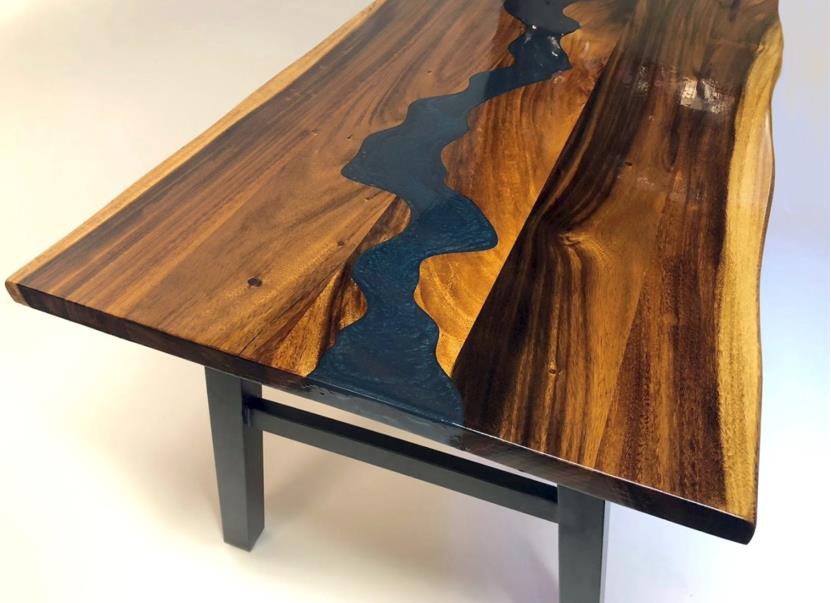
Sealing the butcher block is an essential step in preserving the countertop. When water or moisture seeps into the wood, it can lead to staining and other forms of damage. Sealing helps prevent bacteria build-up and keeps the wood dry and odor-free for longer.
There are two types of butcher block sealants:
- Oil sealants
- Film finish sealants
Your choice will depend on how you use your butcher block.
Oil Based Sealants
Oil-based sealants are effective at protecting butcher blocks from damage and bacteria. They penetrate deep into the wood and leave a protective layer. Oil-based sealants are ideal if you intend to use your butcher block for cutting foods, processing raw meat, or as a kitchen worktop.
The two types of oil-based sealants include polymerizing oils and evaporating oils.
Evaporating oils
Evaporating oils, as the name suggests, evaporate rapidly. These oils dry faster and are a good choice for homeowners who want to save time doing maintenance work. However, they require frequent application. They include mineral oils, coconut oils, and walnut oils.
Sealing with evaporating oils
To effectively seal the butcher block with evaporating oil, do the following:
- Clean the surface thoroughly to remove dirt and grease.
- Lightly mist the wood with oil using a spray bottle. Make sure you don’t use too much oil, or the oil will leave an unwanted residue.
- Wait for about 20 minutes; the oil will sink into the wood pores. Apply another coat if necessary.
Polymerizing oils
On the other hand, polymerizing oils cure and harden through a chemical reaction known as polymerization. These oils bond with the wood, seal pores and leave a tough finish. The downside to polymerizing oils is that they can take up to three months before fully curing.
Sealing with polymerizing oil
To seal your butcher block with polymerizing oil, follow these steps:
- Clean the surface thoroughly to remove dirt and grease. Use a bucket, soap, and water to rinse away all the dirt.
- Pat dry the wood with a soft cloth. Let it air dry for about ten minutes before continuing the process.
- Apply a coat of polymerizing oil all over the butcher block. Use a lint-free cloth and work in small sections at a time.
- Wait for 15 minutes, then buff the oil into the wood. Repeat this process two to three times, depending on how porous your butcher block is.
Polymerizing oils are more expensive than evaporating oils. However, they are sturdier and seal better. Examples of polymerizing oils are tung oil, grape seed oil and jojoba oil.
Butcher Block Treatment (FAQs)
What is the best product to use on a butcher block?
The product to use on butcher block is food-grade mineral oil. It is easy to find and is effective in treating butcher block because it is odorless and tasteless. Food grade mineral oil is also FDA approved, meaning it is safe for kitchen use.
How often should I oil my butcher block?
Ensure you oil your butcher, block every six months to seal cracks or small dents. Frequent oiling ensures a strong, protective seal and prevents mold and bacteria from growing. Use the Howard butcher block conditioner available in retail stores near you.
Can you wax butcher blocks?
You can use food-safe waxes to seal the butcher block. Beeswax and carnauba wax are effective sealers, but they can leave a yellowish tint. However, the wax will help protect the wood against moisture and reduce staining.
Closing
Butcher block treatment is vital to maintain the quality of your butcher block. The best product to use is food-grade mineral oil because it is inexpensive, easy to use, and safe for kitchen use. It also helps maintain the quality of your butcher block, minimize cracks and dents, and prevent mold and bacteria from growing.
Visit our store for high-quality kitchen accessories and equipment.





